Get a comprehensive, in-depth introduction to the core Python language with this hands-on book. Based on author Mark Lutz’s popular training course, this updated fifth edition will help you quickly write efficient, high-quality code with Python. It’s an ideal way to begin, whether you’re new to programming or a professional developer versed in other languages.
Complete with quizzes, exercises, and helpful illustrations, this easy-to-follow, self-paced tutorial gets you started with both Python 2.7 and 3.3― the latest releases in the 3.X and 2.X lines―plus all other releases in common use today. You’ll also learn some advanced language features that recently have become more common in Python code.
- Explore Python’s major built-in object types such as numbers, lists, and dictionaries
- Create and process objects with Python statements, and learn Python’s general syntax model
- Use functions to avoid code redundancy and package code for reuse
- Organize statements, functions, and other tools into larger components with modules
- Dive into classes: Python’s object-oriented programming tool for structuring code
- Write large programs with Python’s exception-handling model and development tools
- Learn advanced Python tools, including decorators, descriptors, metaclasses, and Unicode processing

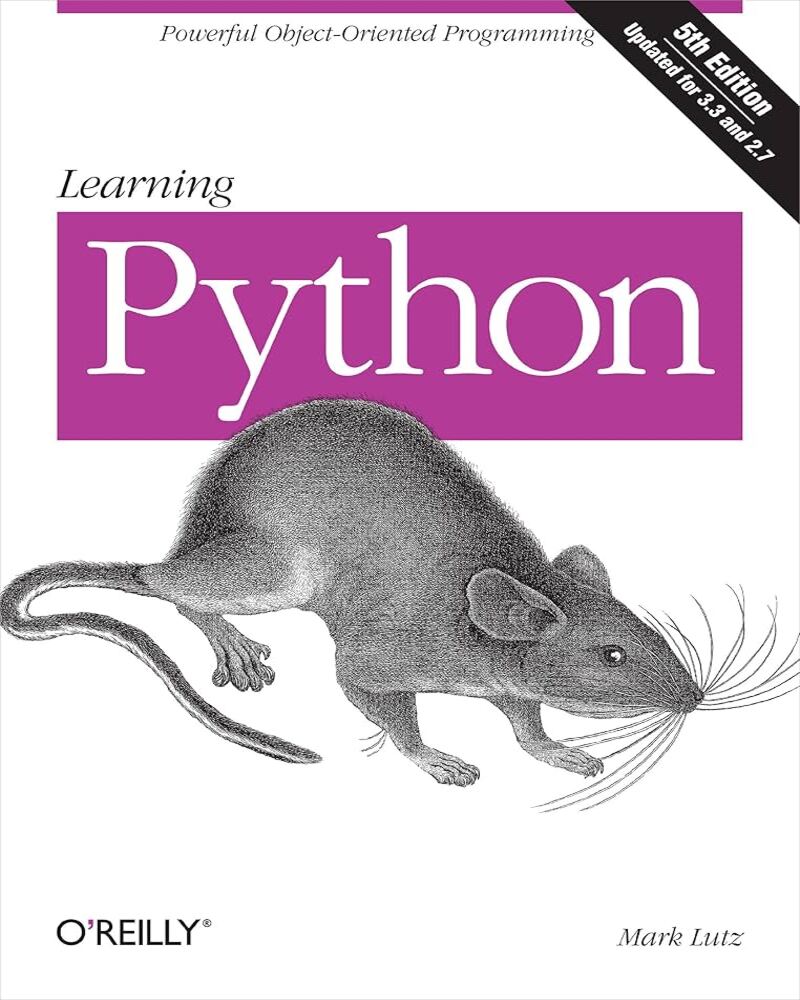
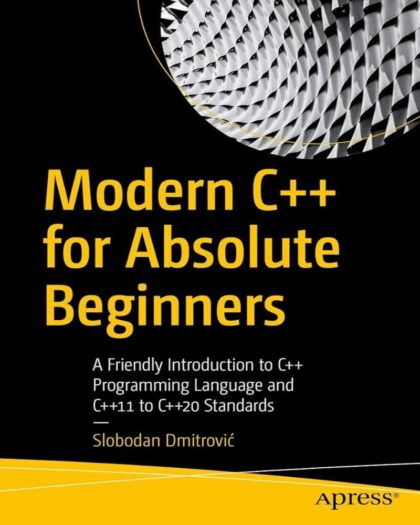
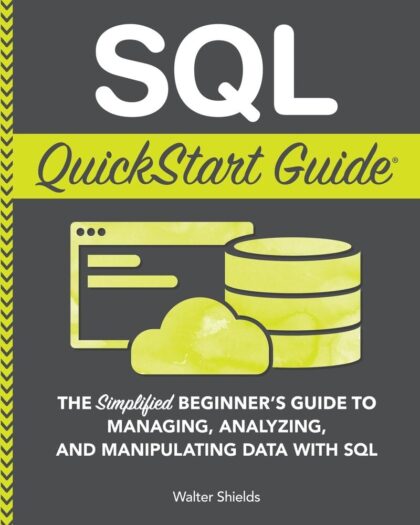

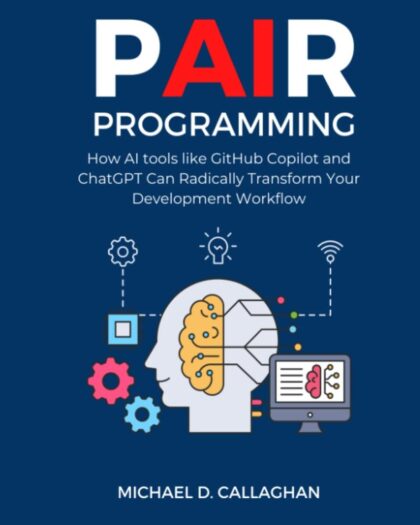
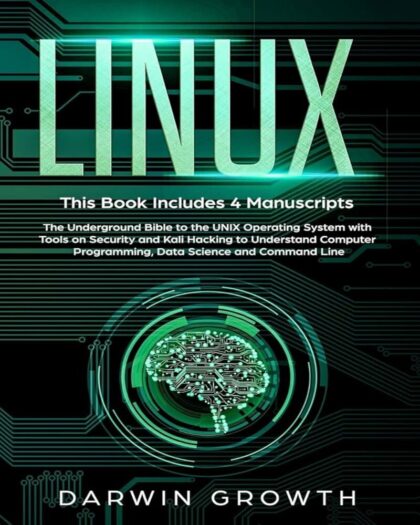
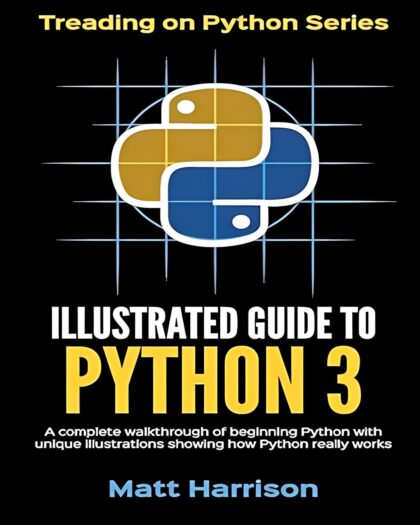
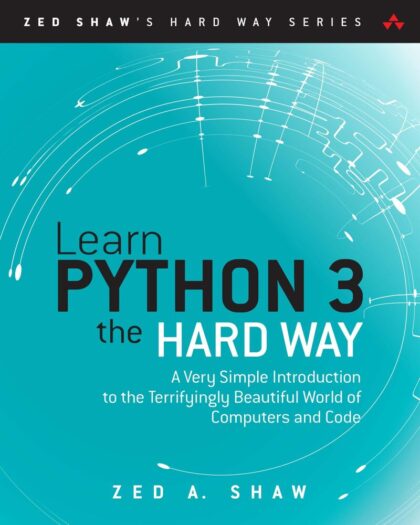
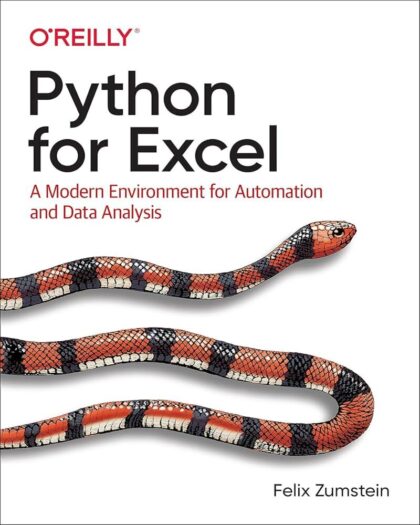
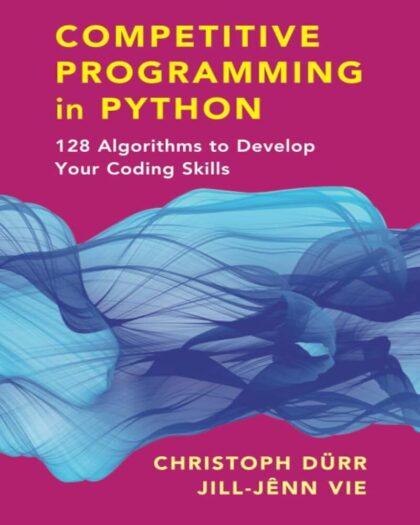
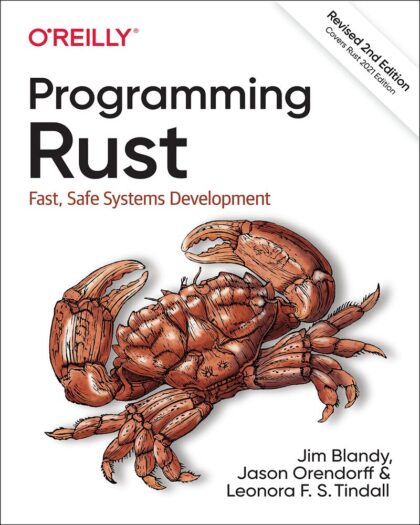
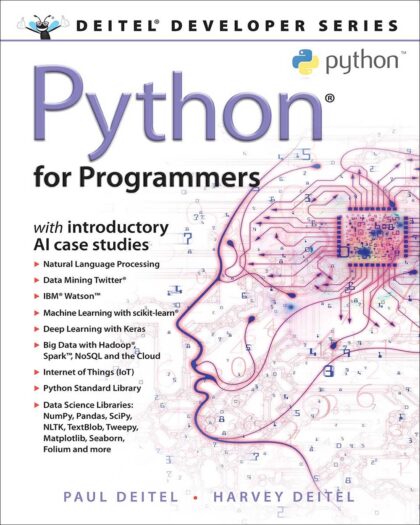
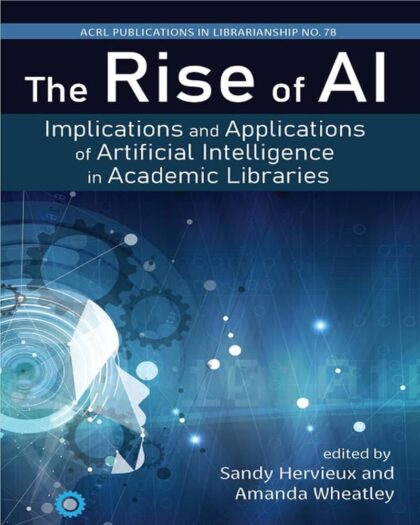
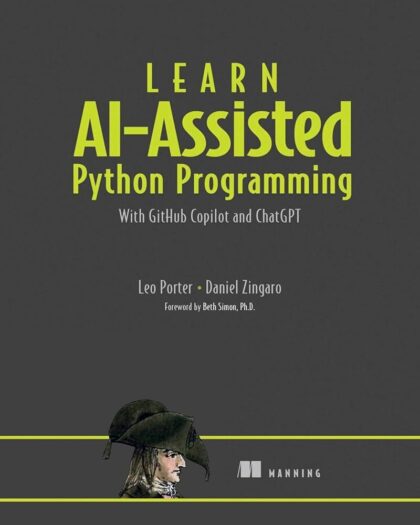

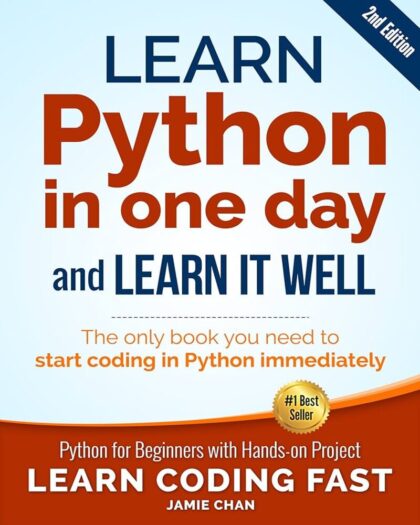
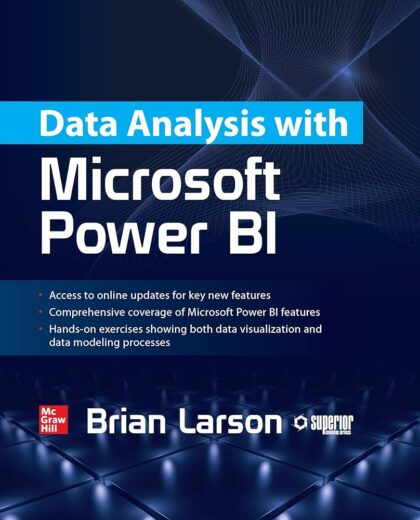
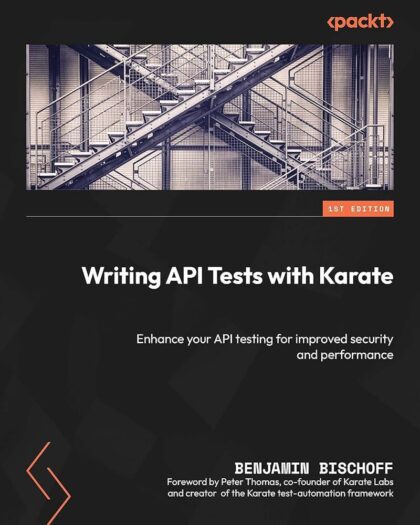
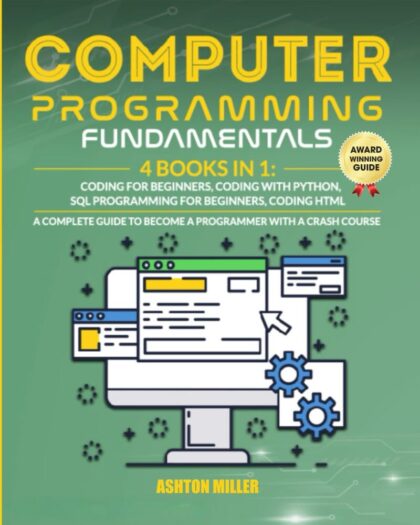
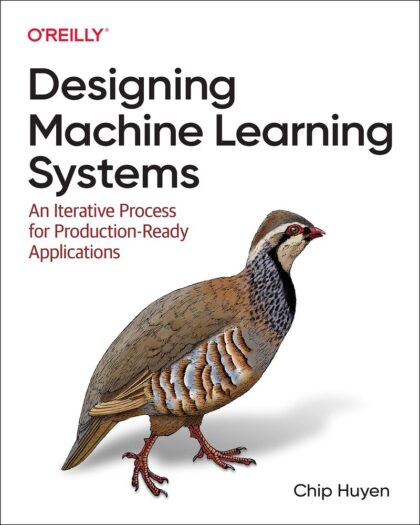
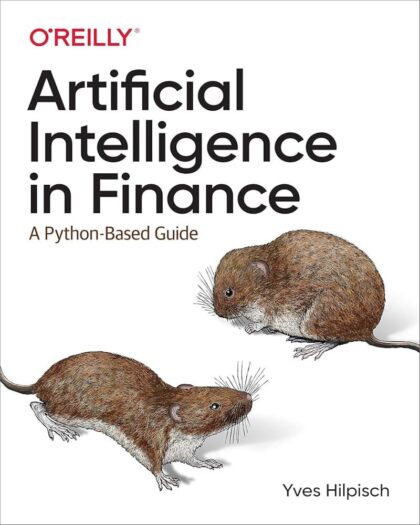

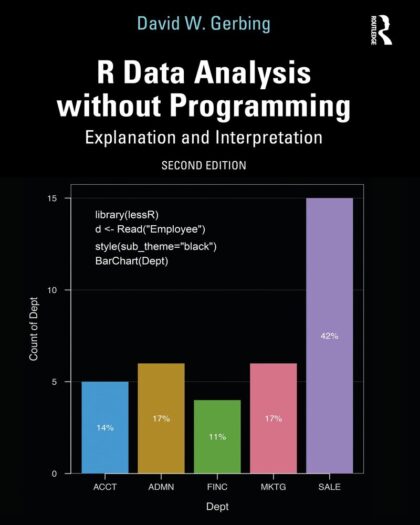
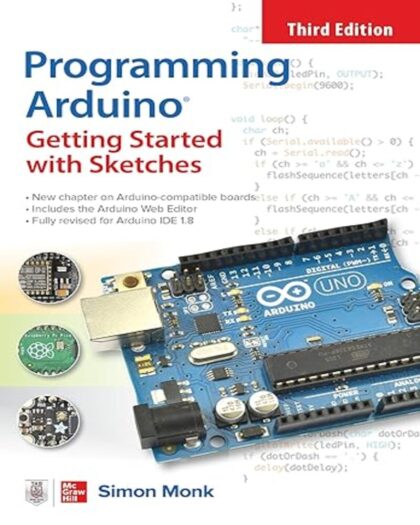
Explanations are supported by simple and easy to grasp code snippets which invite reader to test them in the Python shell. That's the book I have been looking for.
and WOW. This book was absolutely amazing. I read it for hours everyday from when I purchased it. I finished the book 3 weeks later. I can say this book was monumental in what it taught me. (And it’s size too - LOL - the thing is massive but so worth the read)
He teaches everything so simple and easy to read. Go through his lines of every example and try to understand what is happening. You’ll find by about page 500 everything is slowly starting to make sense. By page 1000 you’ll be thinking wow I can read and understand each example of code (even the longer ones). You start seeing how programs are put together, how every single line has a purpose. The syntax, the wording, the placement , the white space. I’ve thoroughly enjoyed learning programming from this book. It has enabled me to complete an online python course. I love solving problems on my own - each one is like a puzzle and I get a little joy when I successfully complete the challenge. Thank you Mark - for allowing me to experience this journey. I surely would have given up had I not found this book.
This book is like sitting directly in his college lectures for a semester. Only I didn’t have to spend 4 months to get the information. I could learn as fast as I could read. All told it was a 3 week book for me and it was very very very worth it. I’ve purchased his second book (Programming Python) and hope it will be just as good as this one.
If you’re serious about learning python than stop looking further. This needs to be a book you buy.
The contents are expansive and in depth without overloading you. It’s taught in a simple easy to understand way. And the appendix is well laid out so after you finish reading it and get into the nitty gritty of programming you can always know exactly where to look in the book to get help on how to do something. A+++.
Again, thank you Mark.
All the people griping about how long this book is are obviously not the target audience of this book. Yes the book is long, but to effectively use a programming language, there is a lot to learn. And this book does a great job of metering out that information. All the people griping about how there's too many "forward references" to other topics, are obviously not the target audience of this book. Yes there are forward references, because there MUST be. You can't learn every topic about a language in a linear way-- it's simply not possible. If you are the target audience of this book, then you already understand that.
If you've never programmed before, this is the WRONG book. If you want a quick get-acquainted book about Python, this is the WRONG book. If you want a reference manual for Python, this the WRONG book. This book does NOT claim to be any of those things. This book is a tutorial for people who have written programs before, who want to become an expert in Python. If that's you, then you understand that the book is necessarily long.
The Python language is a somewhat "larger" language than "C" or old-school Java. So there is a lot to cover: "lists" are BUILT IN to the language, "sequences" are BUILT IN to the language, "dictionaries" are BUILT IN to the language, "tuples" are BUILT IN to the language, "sets" are BUILT IN to the language. This is in contrast to the Java language or "C" language. This book explains all of those BUILT INS and "why" they are built in. If you aren't interested in any of that, then this is the WRONG book for you.
This book also goes into detail about why the language is designed the way it is. And it does this not only in regard to the high-level design of the language, but it does this for every nuance and detail of the language. This is great information if your goal is to follow best practices when actually using the language for real world problems. If you just want to write little toy programs and you don't care about best practices, then this is the WRONG book for you.
The entirety of the Python ecosystem is MASSIVE, and this book goes into detail about a lot of that ecosystem. (Although even a book of this size does not cover ALL of that ecosystem). This includes things like: embedding Python in a larger "C" application, calling "C" functions from Python, properties, metaclasses, decorators, Unicode, exceptions, object-oriented classes, etc., etc., etc.
You think it's possible to learn all that detail, learn all the best practices of managing all those language features, and do it in a 100 page book? Well, if you do, then you are not the target audience of this book. People who want to learn to use Python to do production-grade programming realize that understanding all this detail takes a lot of pages, it takes patience, and it takes forward references.
Java has two compilers (compiles to byte code, then JIT compiler which gives it excellent performance)
So, working in a non compiled language is very challenging. Without compiler to correct syntax and optimize code progress is very slow
But python persists, and eventually I was forced to learn it
The final straw was when Google released its Tensor Processing Unit , TPU, for their AI framework Tensorflow.
Tensorflow is written in C++, with a python wrapper. C++ is the correct choice, as about twice as fast as Java, and 1/3 memory use (depending on which benchmark you use) and maps well to hardware. The Java interface to C++, is quite tricky, so they wrapped their tensorflow with python (which interfaces well with C++). Python is good at gluing stuff together.
If you want to learn cutting edge AI, Tensorflow from Google is the way forward , Their Tensor process unit, TPU, is the cutting edge. The interface for Tensorflow is python, so I am being forced to learn python
Scripting languages are not easy to learn (in my opinion), hence the need for this large book.
Remember, with a scripting language, YOU have to be the compiler, machine wont do syntax checking for you (not until run time ), so you need a large book.
but I intend to slog through the book, as future is going to be python (at least for AI)
Good book, don’t be put off by author's python sales pitch, just think AI, machine learning, access to latest AI stuff using Google Tensorflow via python and this will motivate you to slog though the book, and learn this scripting language.
Summary: Python is difficult to learn compared to compiled languages (in my opinion), hence need for large book, and at 1600 pages this is largest book, and well written.
First of all, I've read many of the other well reviewed, up-to-date, Python books (yes, all of them were shorter), and being new to Python, I ended up spending most of my time searching online trying to fill in the gaps that the other authors failed to fill in. With this book you don't need to reference anything else because the author does a great job of answering every question. You can tell he's dedicated his life to teaching Python and knows what problems his readers will run into.
While this books is long, it doesn't feel long. It's not just page after page of code samples. Each concept comes with a few code samples and is followed up by very well-written, clear explanations so it's actually a fairly quick read (for a 1600 page book). Does he repeat himself as other reviewers have noted? Yes, but it feels like when he does it's purposeful.
Even though you often hear that Python is easy to learn, it's an incredibly deep language that requires time and effort. I believe that by having read this book that I'm starting out far ahead of other new Python programmers, I appreciate the language even more and I'm very comfortable even with Python's advanced topics.